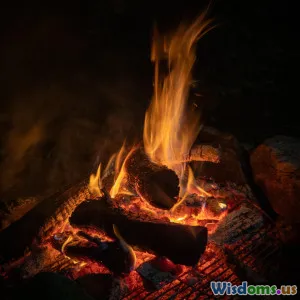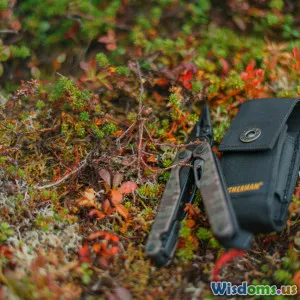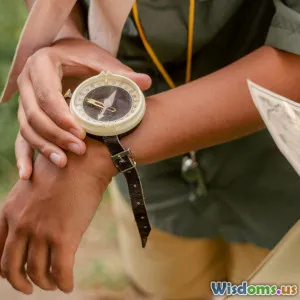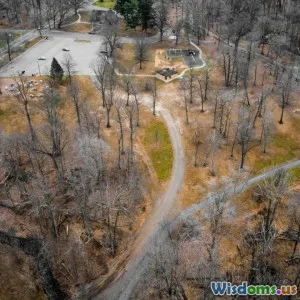
Comparing Leadership Styles Wilderness Versus Urban Emergencies
15 min read A detailed comparison of leadership styles in wilderness and urban emergencies, highlighting unique challenges and required skills for each setting. (0 Reviews)
Comparing Leadership Styles: Wilderness Versus Urban Emergencies
Crises can erupt anywhere and at any time, whether in the vast openness of wilderness terrain or the dense, complex webs of urban environments. While the core qualities of effective leadership—decision-making, communication, and adaptability—remain crucial in both cases, the dramatically different settings call for distinctly tailored styles. Understanding how successful leaders adjust their approach to command authority, maintain team cohesion, and make life-saving choices under pressure not only saves lives but also fosters resilience in the face of unpredictable adversity.
Navigating Chaos: Defining Wilderness and Urban Emergencies
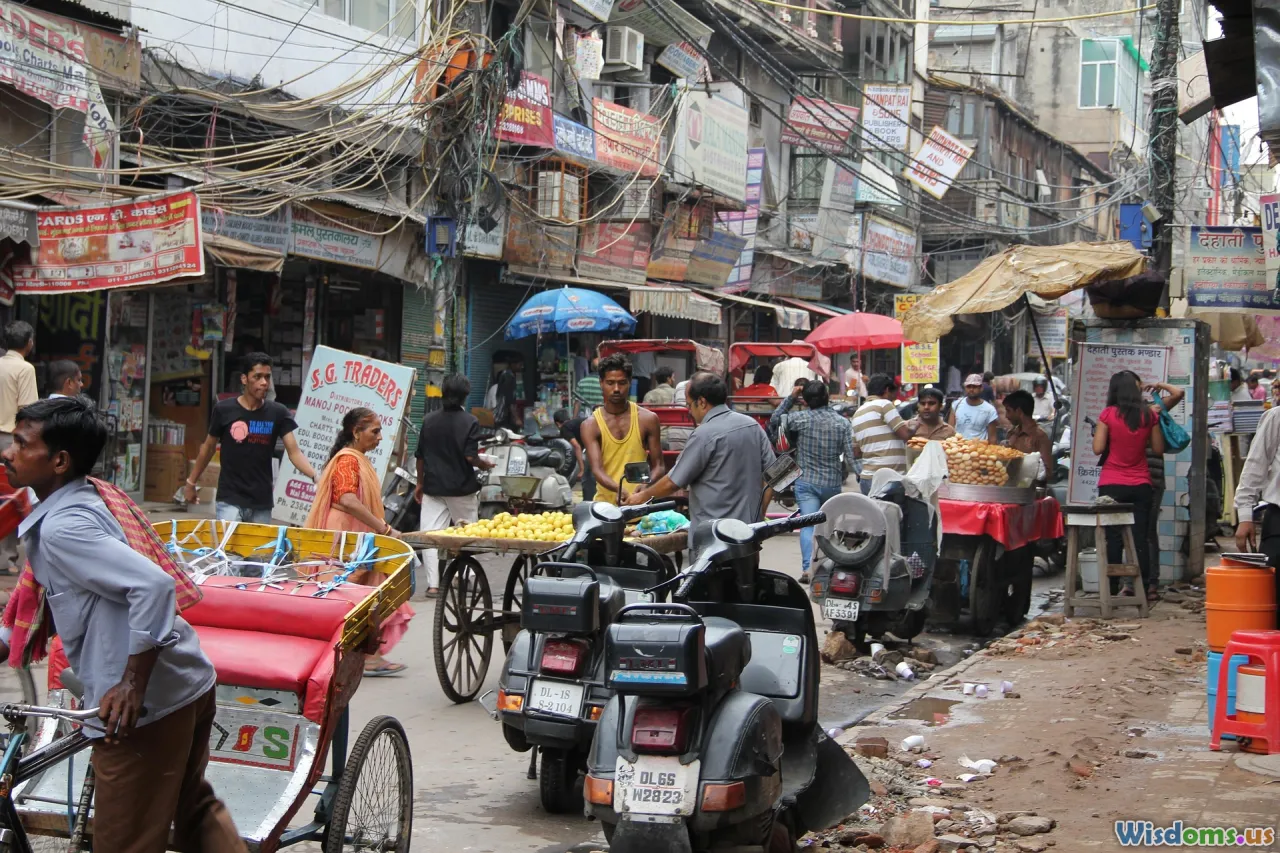
Wilderness emergencies occur far from routine infrastructure and support. Examples include injured hikers deep within forest trails, avalanches in alpine terrain, or flash floods inside desert canyons. Leaders operate in settings where resources are scarce, communications patchy, and help might be hours or days away. Take, for instance, the story of Nando Parrado, one of the survivors of the 1972 Andes plane crash: forced to lead a small band on a harrowing trek across ice and snow, decision-making literally became a matter of life and death.
Urban emergencies are crises in densely populated, infrastructurally complex settings: skyscraper fires, mass transit accidents, chemical plant explosions, or terrorist incidents. These crises unfold amid bustling populations, with access to a web of resources—fire departments, hospitals, and municipal services—but also a host of complicating factors: traffic congestion, panicked crowds, and hazardous materials. Leadership might be exemplified by Ray Kelly, who, as New York City's police commissioner during major emergencies, coordinated enormous, multifaceted responses while navigating a torrent of public scrutiny and media coverage.
Core Leadership Qualities in Crisis

No matter the backdrop, core leadership attributes underpin successful crisis response:
- Adaptability: The ability to shift strategies as information evolves.
- Decisiveness: Making timely, sometimes tough choices.
- Empathy: Recognizing and addressing the concerns of team members.
- Communication: Clear, consistent messaging throughout a crisis.
However, the way these qualities are manifested diverges significantly between wilderness and urban settings. In the wilderness, adaptability might mean using a torn jacket as a tourniquet, whereas in the city, it could mean pivoting personnel optics to contain misinformation or deploying alternate communication networks.
Leadership Style: Command versus Collaboration

Wilderness settings often compel leaders toward a blend of democratic and autocratic decision-making. Imagine you're leading a backcountry search and rescue team after a flash flood. The group is isolated, facing treacherous terrain and an uncertain timeline. Often, consensus-driven approaches aren't practical—there simply isn’t time for extended discussion. In these moments, leaders may shift toward autocratic styles: listening to input but issuing clear, unquestioned orders. The rationale is clear: delays risk lives, and uncertainty multiplies dangers.
On the other hand, urban emergencies frequently favor a collaborative style. Resources and personnel are abundant, and specialized knowledge abounds within teams. Take a high-rise blaze: the incident commander integrates feedback from fire units, building engineers, and police to coordinate evacuation and medical triage. Here, distributed leadership—a style in which authority shifts based on evolving circumstances and the expertise required—enables rapid synthesis of complex inputs. However, the risk of over-consulting is real; a strong urban leader still knows when to synthesize advice and make the final call.
Key tip: In the wild, clear command saves time and confusion. In cities, coordination and leveraging expertise across agencies trump singular authority.
Decision-Making Under Pressure
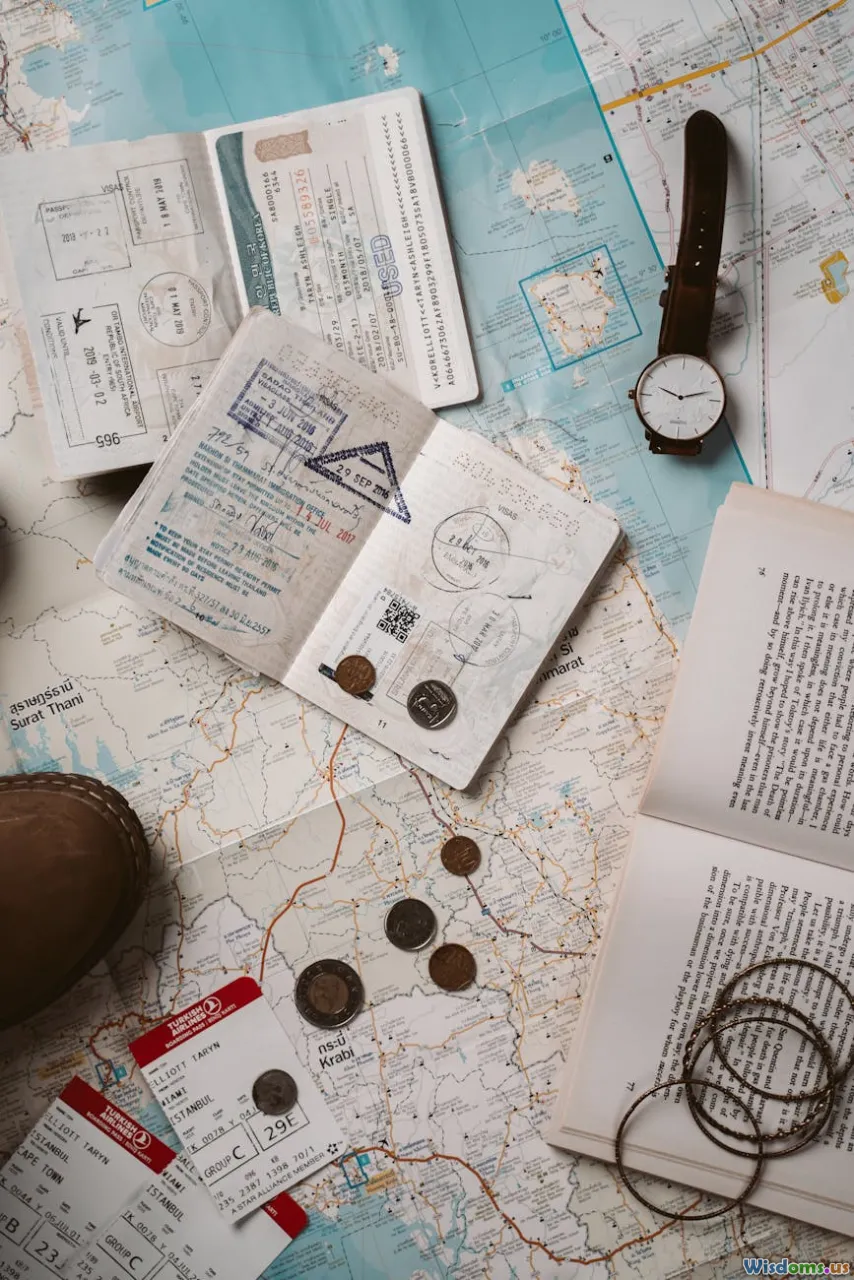
Wilderness leaders frequently make high-stakes choices with incomplete information and minimal support. For example, if a remote climber suffers a spinal injury, a leader might have to determine whether to attempt evacuation or hunker down and wait for help—each choice fraught with tradeoffs. Here, risk/benefit analysis is immediate and direct. Leaders must assess: what are the stakes if we act versus if we wait? Mistakes become magnified by remoteness, making intuitive and experience-based judgment critical.
In urban environments, leaders oversee responses saturated in information: a deluge of calls to dispatch, social media analysis, and real-time tracking data. Leadership means sifting through signals and noise to prioritize what matters. During the Boston Marathon bombing, for example, city officials activated an emergency operations center facilitating the near-simultaneous deployment of police, medical, and bomb squads. Data overload is a real risk—successful urban leadership hinges on the ability to filter and delegate, ensuring that no critical signal is missed amid the static.
Practical advice: In the wilderness, prioritize immediate threats; trust your training and gut when full data isn’t available. In urban emergencies, utilize your information networks, but set hard priorities in advance so you’re not paralyzed by analysis.
Communication: Lifeline in Isolation Versus Networked Response
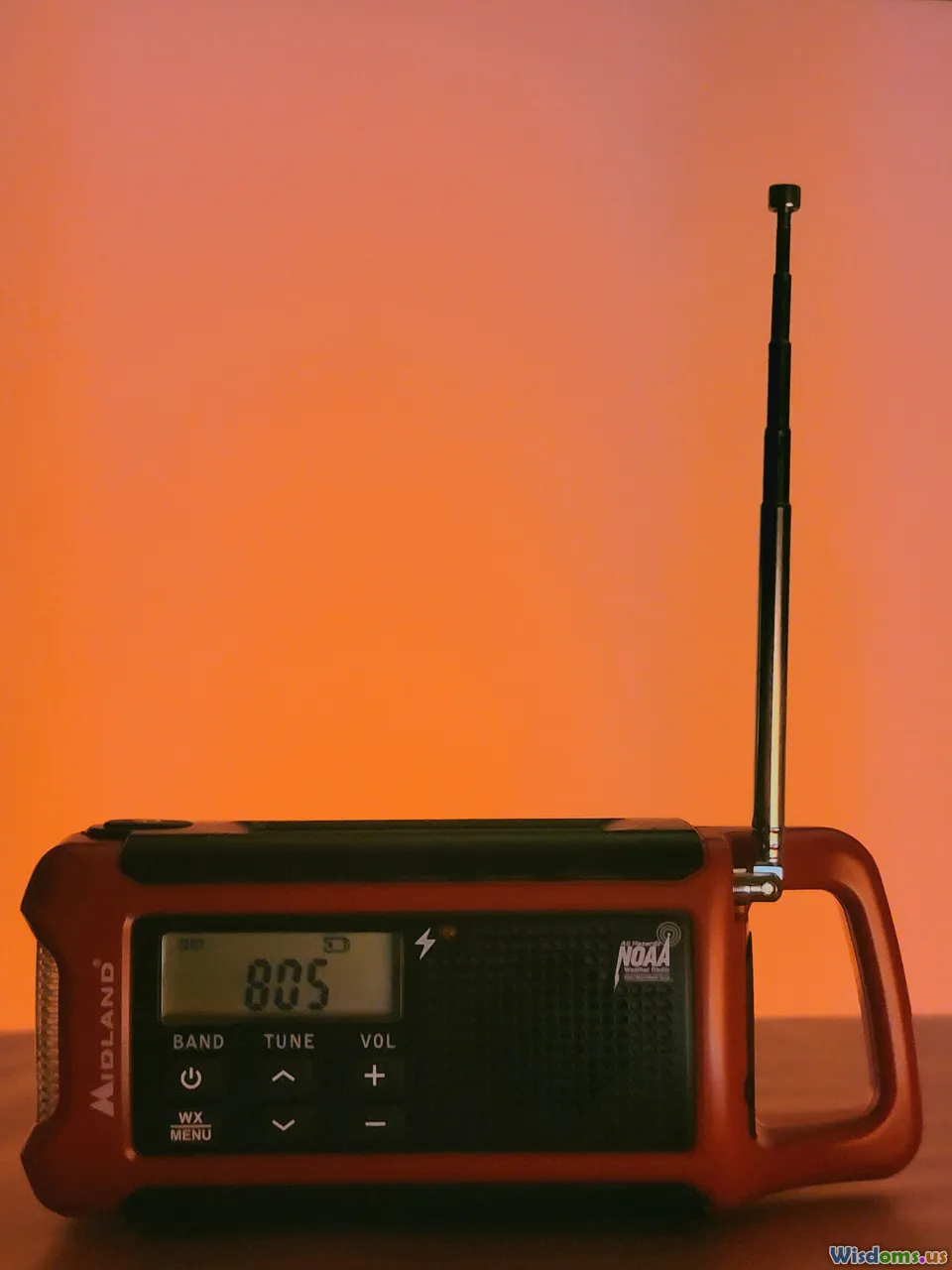
In wilderness scenarios, communication is often limited to the voices around a campfire, sporadic radio signals, or, if lucky, a satellite phone. Leaders are the conduit, constantly repeating critical instructions and reinforcing morale. The stakes for miscommunication are enormous: a misunderstood order about water rations or shelter construction can endanger lives.
Urban emergency leaders, on the other hand, wield powerful tools: citywide public address systems, emergency broadcasts, social media, and real-time group messaging. Communication is multilinear—up, down, and lateral among agencies ranging from fire and EMS to utilities and law enforcement. In the 2011 Fukushima disaster, local authorities used SMS alerts and loudspeaker systems to guide mass evacuation, illustrating the degree to which urban communication depends on pre-scripted plans and cross-team harmony.
Leadership lesson: In isolated environments, keep instructions simple, direct, and repeat them often; in cities, invest in rehearsed, multi-channel communication systems—confusion multiplies quickly.
Resourcefulness: Survivalist Ingenuity Versus Strategic Asset Management
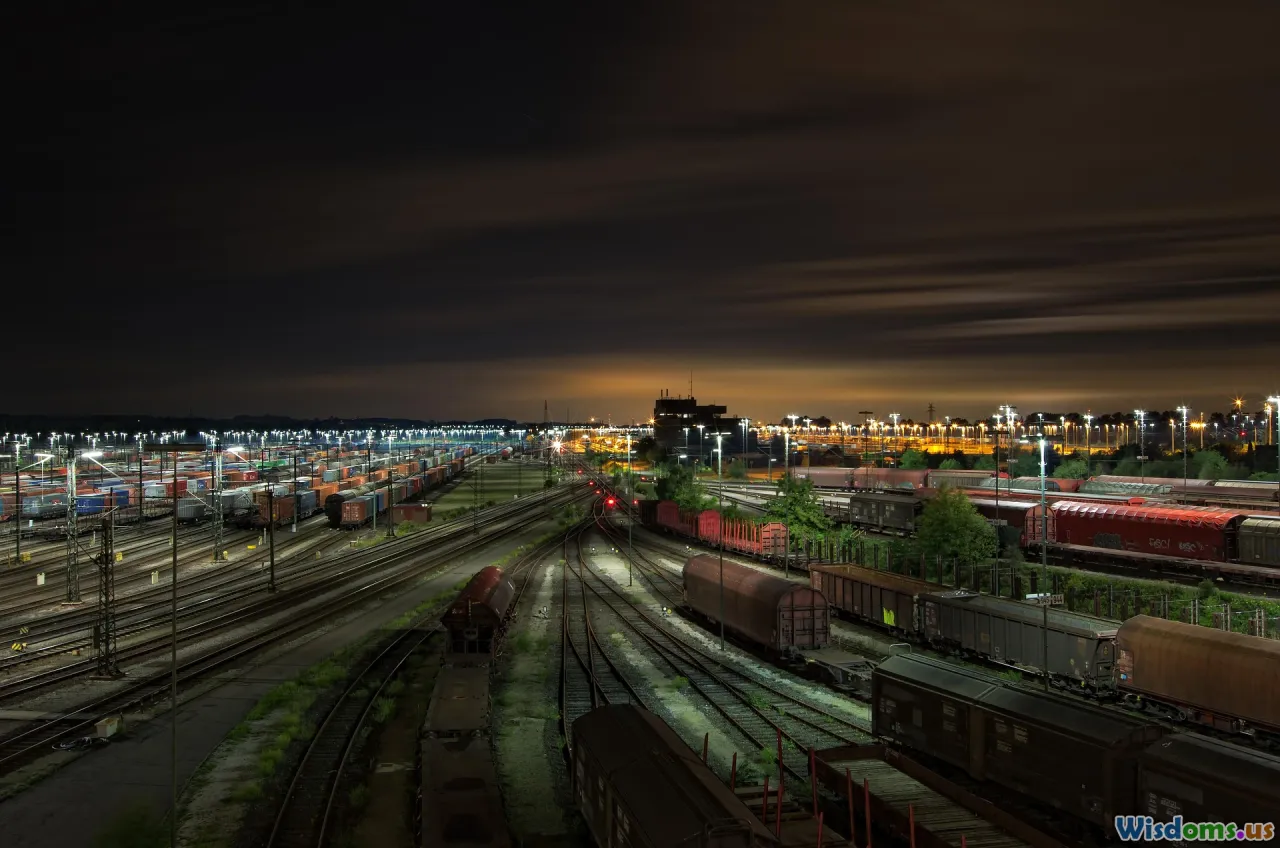
Scarcity forces innovation. Wilderness leaders may cobble together splints from branches, ration meager supplies, or dig improvisational shelters amid storms. Resource management is hands-on, improvisational, and gritty. For example, the famed Shackleton Antarctic expedition survived months of isolation thanks to relentless, daily recalibration of food and fuel, driven by a leader who anticipated shortages and inspired teammates to do more with less.
In urban incidents, while resources like ambulances and heavy equipment are technically available, they may be tangled up by access constraints, destroyed infrastructure, or overwhelming demand. Asset management here is strategic: leaders must triage, prioritize, and even repurpose city buses as mass ambulances or gymnasiums as impromptu shelters. During Hurricane Katrina, for example, delays in supply delivery highlighted the crucial need for strategic stocks and alternative transportation planning.
Takeaway: Survival leadership in the wild demands mental flexibility and improvisation; in the city, excel at logistics and flexible resource allocation.
Team Cohesion: Camaraderie versus Professional Networks

Wilderness leadership often rests on fostering intimate, high-trust groups—camaraderie forged through shared hardship. Leaders build rapport through daily tasks: cooking, sheltering, and planning as a team. Small-scale rituals—like passing around the last chocolate bar or taking turns keeping watch—cement relationships. This sense of family translates directly into higher morale and a shared will to survive.
Urban teams, by contrast, may involve professionals who’ve never met: firefighters, police, municipal engineers, and volunteers. Effective leaders build "instant teams" through clarity of task, consistent protocols, and—when time permits—quick introductions or briefings to align disparate professionals. Success depends on a leader’s ability to clarify objectives and trust in pre-existing training systems, rather than nurture close bonds.
Actionable advice: In the wild, foster social connection and morale—it's your foundation. In cities, unlock performance through crisp roles, clear accountability, and reliance on established protocols.
Leadership Training: Preparing for Unknown Challenges
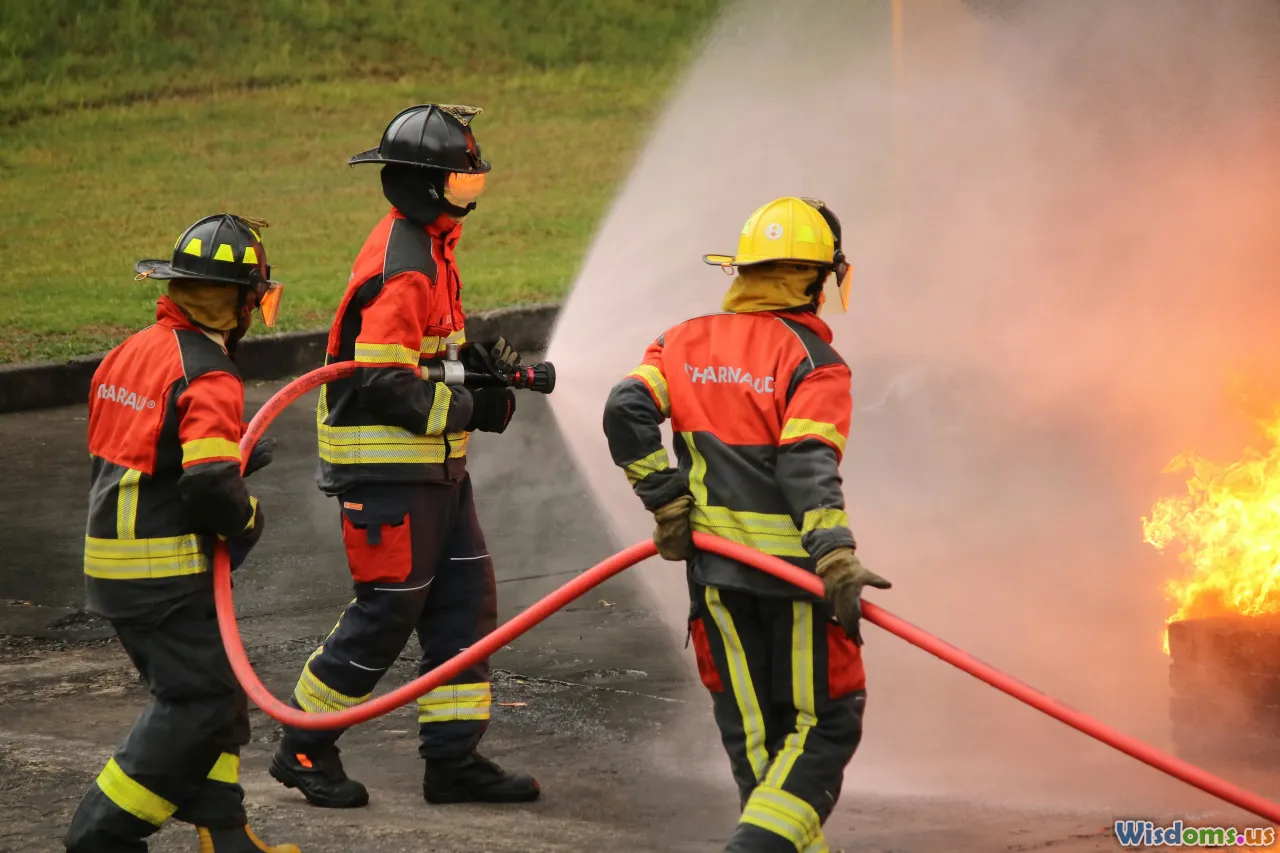
Preparation is the common denominator. Specialized training programs reflect the realities of their domain:
-
Wilderness Leadership: Wilderness First Responder (WFR) and survival courses emphasize improvisation, risk assessment, and self-reliance. Scenarios require students to treat injuries with makeshift equipment or navigate without GPS after a simulated accident.
-
Urban Incident Command: Programs like ICS (Incident Command System) and NIMS (National Incident Management System) focus on interagency coordination, asset management, and media response. Leaders drill on scalable communications and role flexibility.
By examining military special forces or search-and-rescue teams, we see a trend toward cross-training: leaders are exposed to both solitary, resource-scarce and collaborative, urban-style exercises. This hybrid training reflects the unpredictable way modern crises unfold—today’s leader may face a mountain landslide tomorrow, a mass transit accident next week.
Expert tip: Seek cross-training opportunities and scenario-based challenges outside your comfort zone; every new skill is an added layer of resilience.
Risk, Accountability, and Post-Crisis Reflection

Both settings force leaders to contend with risk and post-crisis evaluation. In the wild, every outcome is personal—decisions and errors are inescapably transparent within small teams. Leaders may experience guilt, pride, or a profound sense of learning, as in the famous memoirs of polar explorers or long-distance sailors.
Urban incidents generate formal after-action reports, media scrutiny, political interrogation, and process audits. Here, accountability is multi-layered; leaders are judged by protocol adherence as much as tangible outcomes. In the aftermath of the London Grenfell Tower fire, layers of government and emergency services undertook sweeping process reviews, pointing to the need for continual organizational learning.
Advice for growth: After any crisis, encourage open debriefs, support affected team members, and document lessons learned—both the successes and mistakes.
Looking Ahead: Hybrid Challenges and Evolving Leader Qualities

Our world is increasingly hybrid: urban wildland interfaces blur boundaries, and major storms or pandemics challenge both city and wilderness leadership styles. The COVID-19 pandemic highlighted that adaptability, transparent communication, and resourcefulness matter equally whether the setting is a metropolis under lockdown or a solitary rural village facing weeks without outside contact.
The most valuable lesson comes down to this: Great leaders don’t simply apply one tool—they read their environment, adapt, and blend the best aspects of different styles to inspire teams and save lives. Whether braving the elements or navigating urban mayhem, effective leadership will always be defined by its capacity to marshal courage, clarity, and compassion in the most trying moments.
Rate the Post
User Reviews
Popular Posts











